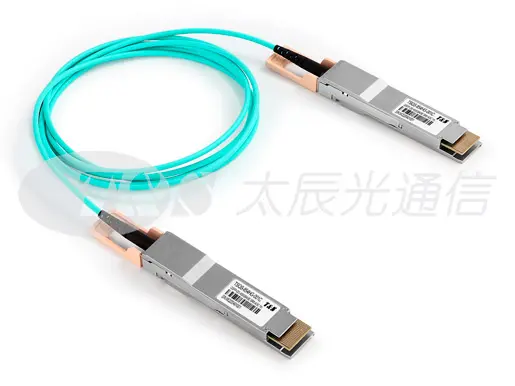Overview
Basic Info.
Model NO.
earthing grounded blankets
Material
Pure Silver Fiber
Age Group
All
Feature
Earthing Grounded Sheets/Pure Silver Blankets
Pattern
Printed
Usage
Home, Travel, Picnic, Hospital, Hotel
Use
Travel, Decorative, Bedding
Product Name
Earthing Grounded Blankets
Color
Silver
Usage Scenarios
Home/Hotel/Travel/Hospital, etc
Other Feature
Soft and Healthy to Body/Emf Reducing Sheets
Function
Earthing Grounded Sheets /Pure Silver Blankets/
Technics
Woven
Other Function1
Soft and Healthy to Body
Other Function2
Emf Reducing Sheets/Faraday Protection
Transport Package
Polybag
Specification
30x40x1cm
Trademark
Amradield
Origin
Jiangsu, China
Packaging & Delivery
Package Size
20.00cm * 20.00cm * 5.00cm
Package Gross Weight
0.500kg
Product Description
Product Description
1.It is blanket with anti radiation feature by its pure silver fiber
2.Working as earthing sheets with the earthing cord for family.
3.Warm,soft,washable,breathable used in four seasons
Company Profile
FAQ
Q1: Can we get a sample for reference?
Yes, we will undertake the post shipping cost for you and clients should pay the express freight if sample is urgently needed.
Q2: How long does it take to make a sample?
Normally, it is available. But it varys on the product type.
Q3: Do I need to pay deposit when contract is done?
Yes, 50% deposit within 3 working days is required. Our delivery time is based on the date that your deposit is already on our account.
Q4: Can you provide OEM service?
Yes, we can. It will depend on your requests; your logo will be customized on our products.MOQ is 1 pcs and customized is accepted and drop shipping is ok for us too.
Q5: Packaging and shipping
Normally inner is opp bag, outer is carton or rolls. Or it is packed as your requests.
Q6: How can I contact you?
Please contact us by Trademanager, Email, Wechat and Phone, also warmly welcome you to visit our company at your convenience.
Q7.How can we guarantee quality?
Always a pre-production sample before mass production;Always final Inspection before shipment;
Q8.What can you buy from us?
RFID EMI EMF Shielding Fabric,EMF Protection Clothing,EMF Protection Hats,EMF Protection Blankets,RFID Blocking Card Sleeve,ESD Earthing Sheet,EMF Shielding Canopy,RFID Material,EMR Fabrics,Radiation Protection Clothing,etc.
Q9. Why should you buy from us not from other suppliers?
Specialized in rfid, emi, radiation shielding and Thermal conductive electric insulating materials for 20 years. Precision equipment & professional quality control system provide customers high quality products with reasonable price.





